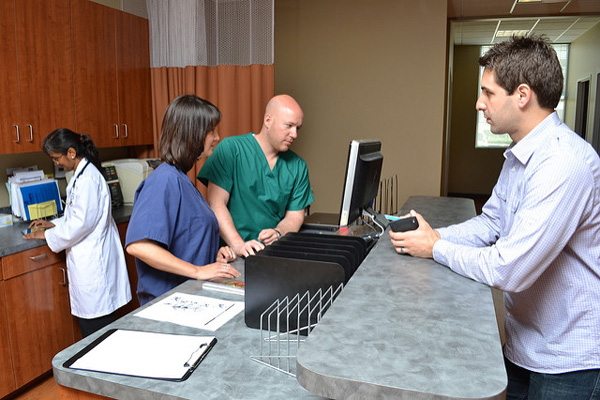
Maximizing automation functions within a practice management system can have many hidden benefits to physician practices, not the least of which is saving on costs and time – and heading off payment delays.
The latter was the main topic of discussion in the Texas Medical Association’s latest installment of its Ask the Expert series, “Optimizing Practice Revenue.”
“When it comes to staffing the revenue cycle department over the years, we've actually seen a decrease in the number of full-time staff practices need because of automation,” Teri Deabler, a TMA practice management consultant, said during the live webinar. “Make sure your website has lots of functionality for handling patient payments and making appointments. Automating all those things saves a full-time employee from answering those questions or having to do those tasks.”
When it comes to payment, she suggests monitoring each step of the insurance process to ensure infrastructure or set-up problems aren’t to blame. By using automated functions to post bulk payments, or conduct bulk eligibility checks, for instance, practices can increase efficiency and avoid payment delays. Other solutions include hiring appropriate collection staff and, if a patient’s benefits are known, requesting payment at time of service.
Streamlining payment options may be the key to clearing outstanding balances as well. The three credit reporting agencies, Experian, Equifax, and TransUnion, announced that in 2023 they’ll no longer include medical collection debt under $500 on credit reports, meaning it won’t be necessary to send patient accounts to collections if the balance is less than that amount.
Instead, Heather Bettridge, TMA associate vice president for practice management services, has this advice: “Make it easy for patients to pay. Allow them to make payments over the phone or in person, through the mail, online, or through the website and the portal.”
She also suggests offering payment options that leave both parties happy.
“Communication up front is key,” Ms. Bettridge said. “Offer an acceptable payment arrangement and have them fill out a commitment form and sign off on it. And that might be 50% this month, 50% next month, or in quarters – as long as it’s paid off within a reasonable time frame. Making it easy is incredibly beneficial.”
For more information on this topic, check out the Ask the Expert webpage for podcasts, additional resources, and upcoming live events. The next session, which dives into the 2023 Medicare Physician Fee Schedule, is scheduled for Nov. 30 at noon CT.
Alisa Pierce
Reporter, Division of Communications and Marketing
(512) 370-1469